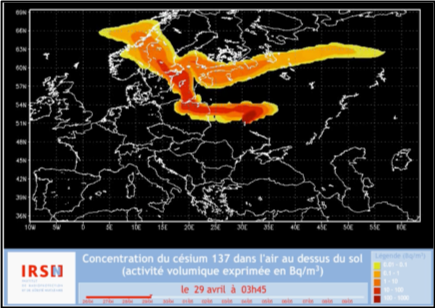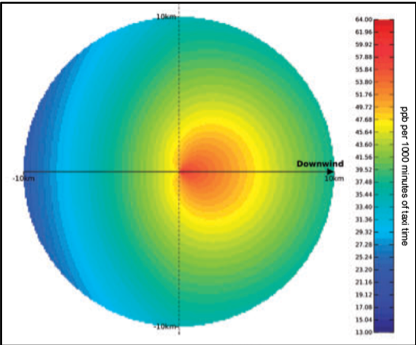The Environmental Protection Agency continuously conducts benefit-cost analyses to examine whether lower pollution standards result in health benefits that outweigh the cost of such regulations. The largest of the measured benefits is generally attributable to human mortality and morbidity impacts, often surpassing 80% of overall benefits. CEEP affiliates have conducted several studies to measures these effects. For example, in late 2018, there was a push to relax radiation limits and there is an ongoing discussion whether doing so will result in health costs. Moreover, researchers question whether or not lowering the carbon monoxide standard will actually result in health benefits.


